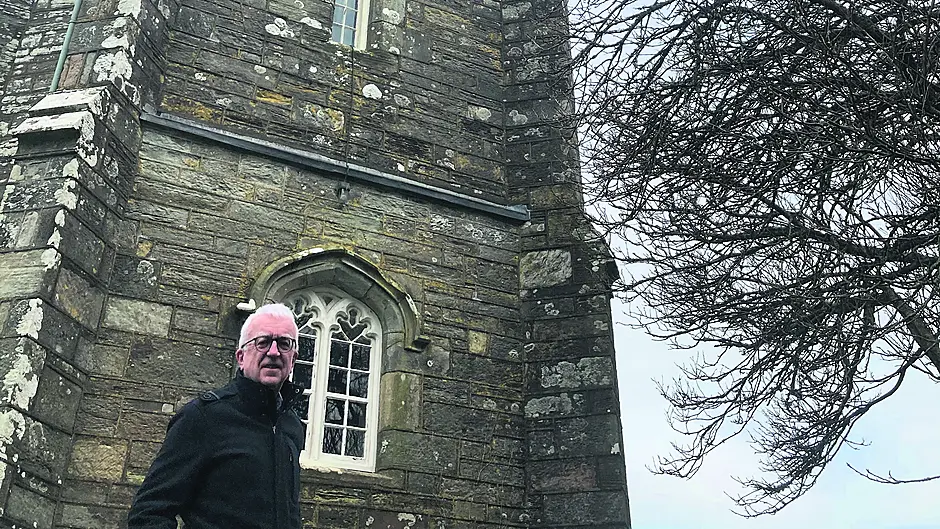With Ireland’s housing crisis worsening as the shortage in vocations mirrors the drop-off in church attendance, Peadar King wonders if there might be a very obvious solution to both
Here in West Cork, the Catholic Church is contemplating retrenchment. Other Christian churches have already trodden this path.
The Church restaurant in Skibbereen, once a house of prayer for Methodists. Kilbrogan church, Bandon, the oldest surviving post-Reformation Protestant church currently host to the West Cork Heritage Centre. The former Presbyterian Church in Bandon, now an apartment complex.
The Catholic Church has imploded. Very many but people have turned their backs on the church, as the priest-celebrant once did to the congregations in Tridentine times. People have simply walked away. Not everyone, but few can argue with the haemorrhaging that has taken place.
According to the Church of Ireland, forty churches across the two Cork diocese have closed in the last fifty years. From 110 in 1973 to seventy, a drop of 36.7%. The Church of Ireland’s past is the Catholic Church’s future. There are currently 230 Catholic churches across its two Cork dioceses. Should the Catholic Church experience the same level of decline as the Church of Ireland then it could expect 84 churches to close over the next 50 years.
Across West Cork, the number of masses is being curtailed. The system that served the past is crumbling, according to Catholic Bishop Fintan Gavin shortly after his arrival in the Diocese of Cork + Ross, a crumbling that very many people welcome not least within the Catholic Church itself. But that’s another story.
And here’s a not unrelated story.
A stand-out memory of an inner-city study I conducted over two decades ago is the way in which young people used the local Catholic Church as a place of refuge, a place of shelter. The church building, that is, not the institution. There, late on wet and dark wintery nights I met with many young people huddled together, cans and rollies in hand, against a lingering dampness that clung and clung.
This was their place of refuge. A place to be. A place of comfort, of sorts. Protected or partially protected from the elements by the shelter of a church. Protected from the outside. Not from within. The doors firmly locked.
And over the past twenty years, I have often thought what if. What if Catholic Churches were truly places of refuge. A place of shelter. It’s an idea as old as the Old Testament itself. The book of Joshua. The sixth book of the Old Testament. The Lord said to Joshua: ‘Tell the Israelites to designate the cities of refuge …’ A church of refuge. Safe. Open. And welcoming. A place for those fleeing persecution. A place for fugitives.
As for the now close-on redundant churches in this new reconfigured environment, perhaps the future lies in the past. Joshua’s past. Churches as places of refuge. Those fleeing war, fear, poverty, violence, and persecution. Of whom there are 89.3m, according to the UN Refugee Agency.
Here in Ireland, we have our own depressing data. At the end of December, 11,632 were living in state-funded emergency accommodation. This figure does not include people sleeping rough, people couch surfing, homeless people in hospitals and prisons, those in Direct Provision centres, and homeless households in Domestic Violence Refuges. Factor all of these in and the figure is in excess of 14,000. None of the above includes the tens of thousands fleeing the war in Ukraine.
According to Tusla’s most recent review of the accommodation for victims of domestic violence published last February, there were 4,381 enquiries about availability of a refuge place. Almost two-thirds did not result in access to refuge because of a lack of available or suitable places.
Here in Cork, there are eleven residential spaces at Cuanlee Refuge for abused women and children. As I write there are four waiting for assessment to access their services.
Numbers that the excess churches in West Cork could easily accommodate. Shelter from the storm. Rather than lock the doors, perhaps it is time to open them to new possibilities. Church as a place of refuge – 84 churches. One church at a time. Now, there’s an idea whose time has come.









